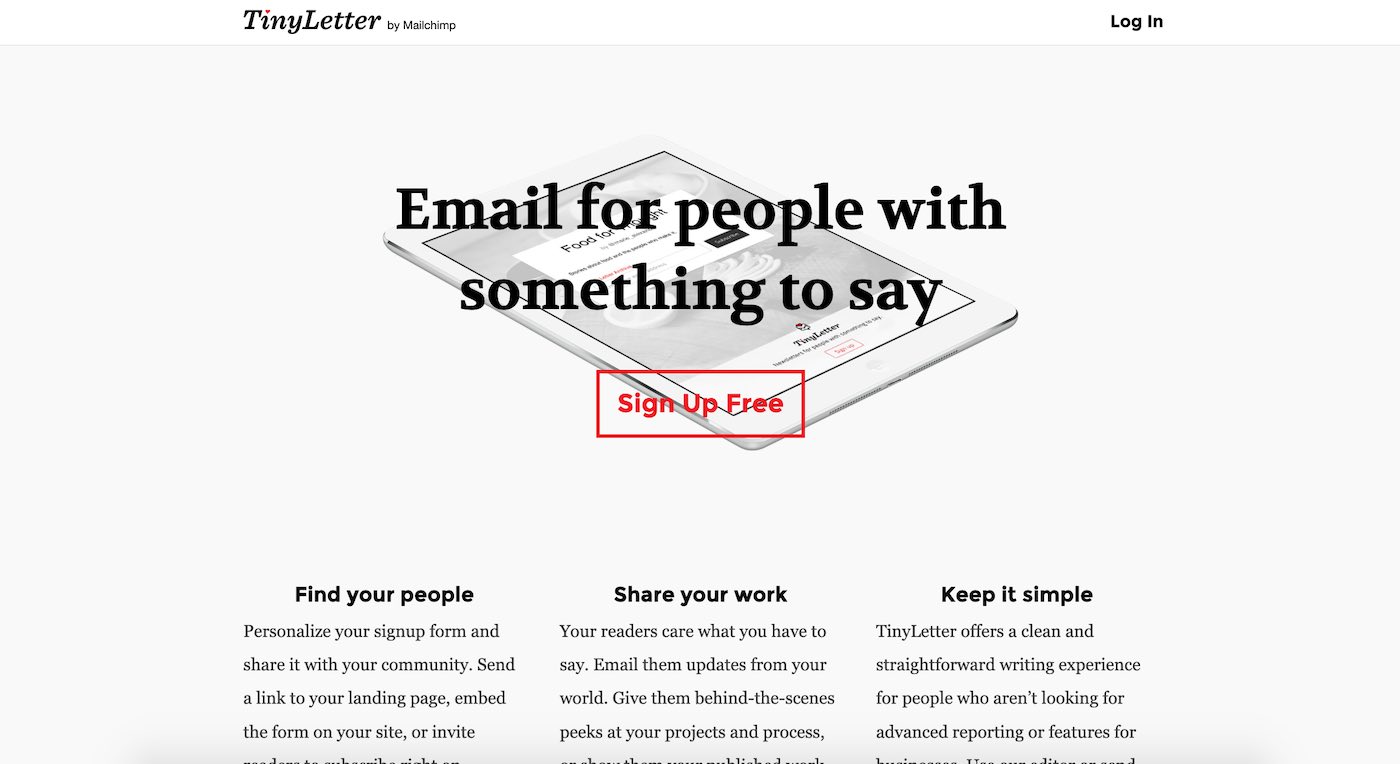Content is King - the top content marketing tools
Our pick of the best (paid and free) content marketing tools out there. From AI editors and collaboration tools to trendspotting and SEO.
Surges is 100% independent, but some links may earn us an affiliate commission. Learn more.
Everybody is doing content marketing. Few reap its rewards.
When your business creates valuable content that really helps current and future customers, you improve your chances of grabbing their attention, winning their affections and securing their custom.
What separates the top content creators and inbound marketers from the rest? They count on entire ecosystems of content marketing tools to be prolific, seen, shared and then convert that traffic.
We run through our pick of the top content marketing tools out there…
Best keyword research tools
There’s a plethora of SEO software to help discover what people are searching for in your niche and who’s quenching their thirst with relevant content. You can then swoop in with a better, more authoritative and keyword rich version.
Moz, Ahrefs & Ubersuggest all have great free keyword research tools you can use.
Semrush and HubSpot are more complete all-rounders, going one step further with SEO Content Templates and backlinking tools.

Semrush’s content tools even advise on target word count and the ideal format for your piece (e.g. listicle, FAQs, embedded videos).
Best trending topic tools
If you want to beat the rush on new keywords entirely, I’d suggest Exploding Topics for its ability to pick up on trends before they even happen. Consider it an automated, curated version of Google Trends.

If you like to get your content inspiration from subject matter experts, you’ll want to sign up to their newsletters and RSS feeds. That’s a lot of manual work, filtering and clutter in your inbox! That’s where Feedly comes in. The tool collects stories from all your favourite subscriptions, making it easier to:
- Tap into the latest musings of thought leaders
- Stay ahead of industry trends and topics
- Skim-read articles and blog posts in record time
- Know when something is published about your brand
What’s more, Feedly is free!

Best content collaboration tools
Prolific content creation is rarely a solo sport. Tools such as Semrush and GatherContent enable rapid workflow amongst marketing teams. With research tools, an editorial calendar, approval flows and reports, it’s a few steps up working with team members in Google Docs.

Scaling up your content production becomes easier as you plan, create and approve content collaboratively. Maintaining a busy content calendar takes a lot of hard work – GatherContent, SEMrush and Hubspot help to keep things organised and enjoyable.
Best AI copy writing tools
You’ve got your content ideas. Now it’s time to put pen to paper.
There’s a host of free AI-powered editing assistants to help you become the best writer you can be and create content even faster.
Grammarly’s editing tools check the tone, spelling and grammar of your content before you hit publish. Making sure you express yourself clearly and error-free.

Ernest Hemingway, admired for his succinct writing, is the namesake for another editing app. Copy and paste your words into the Hemingway app and get back a score for clarity and tips to improve it.
Best AI headline writing tools
Your headline does a lot of heavy lifting in content marketing. Make sure it’s as awesome as it can be. CoSchedule’s Headline Analyzer is a top free tool that assesses your headlines for quality metrics that are proven to get more social shares, SEO kickback and traffic.

Uncommon words, keywords, headline length and emotion can all play a part. Every tweak you make generates a new score. I’ll warn you though, it’s every bit as addictive as it is effective!
You’ll of course have to make a judgement call on anything your content marketing tool recommends that contradicts your SEO tools.
Best on-page optimization tools
You’ve made your content easier to read for humans. Now let’s do the same for Google.
The Moz, Semrush and Surfer SEO on-page graders are a simple checklist tool to score and improve your content’s visibility for specific keywords and topics. Enter a keyword and web page URL to see the small changes (e.g. keyword density, headers, content length) that can make a big difference to your rankings.

These as-you-type SEO Writing Assistants really do work when it comes to creating and optimizing rank-worthy content, ensuring it gets maximum eyeballs. Don’t forget your internal links too.
Best free imagery websites
Forget everything you thought you knew about stock photography.
Unsplash is a treasure trove of beautiful pics donated by top photographers around the world. You’re free to download them to use how and where you like. Crediting is welcome but not mandatory. Similarly so Startup Stock Photos.

There’s also completely free libraries of illustrations, for just about every scenario imaginable over at DrawKit and unDraw.
Best frequent newsletter tools
The best content strategy is nothing without promotion. Your expertly-crafted content deserves an audience.
My favourite email marketing tools include Mailchimp, Revue, TinyLetter, Convertkit and Omnisend.
Mailchimp’s in-built tools help you to design beautiful newsletters without the need to ever write a line of code or hire a designer. Perfect for non-technical content marketers.

TinyLetter is its minimalist alternative, stripping back all the extra features to make composing and sending newsletters as simple as it should be.
Want to monetise your newsletter? There’s even tools for that. My favourite is Hecto, which acts as a matchmaker between indie newsletters and brands looking to place newsletter adverts.
Best social media automation tools
Now it’s time to tell your followers and fans. There’s a host of marketing automation and social media tools to help effortlessly cross-post your content, across all the major platforms.
Tools such as Buffer and Publer are popular with big teams and agencies, who need to managing multiple accounts on multiple platforms. Both platforms have calendar views of all upcoming social media posts, advanced scheduling, inbox replies and analytics as standard.

Whereas RecurPost and MeetEdgar have a few additional features can automatically write status updates based on the content of your new blog post, self-schedule posts and even repost evergreen content, keeping it alive for longer.
Quuu Promote has a novel take on social media promotion. The paid service ensures your content marketing gets more shares thanks to its army of users looking for pre-created content to keep their accounts active. Check out our Quuu Promote experiment as paid users for 1 month.
Best content conversion tools
Thankfully there’s no shortage of tools to convert these new browsers into buyers.
HubSpot weighs in with embeddable forms, landing pages and live chat that feed into its CRM. Unbounce, Woodpecker and Autopilot make sure those leads still warm by automating your lead handling processes. Fomo excels at turning user actions into friendly social proof pop-ups that boost conversion.

The interactions these tools encourage mean that website visitors enter your sales funnel with real purpose, after engaging with content marketing that is aligned with their needs and problem your business solves. Lead generation and handling needs to be an important component of your content strategy.
Best reporting and analytics tool
I use Fathom for all my websites - a minimalist, privacy-focused alternative to Google Analytics.

Fathom is extremely stripped back, meaning it’s keeping your website lightning fast for visitors, while also stopping you from drowning in too much data. Focus on what really counts, such as top performing content, referrer and actions taken. Plus get $10 free Fathom Analytics credit with Surges!
If you’re interested in reducing the personal data you collect on customers, I’ve compiled a long list of other privacy tools for marketers.
A couple of things before you go…
Interested in marketing software promo codes?
Check out our exclusive content marketing discount codes.
Looking for more backlinks for your content?
Creating great content only gets you so far. Content marketers will also have to dabble in backlinks. Here’s a long list of totally free startup directories that will happily link to you and boost your rankings.



